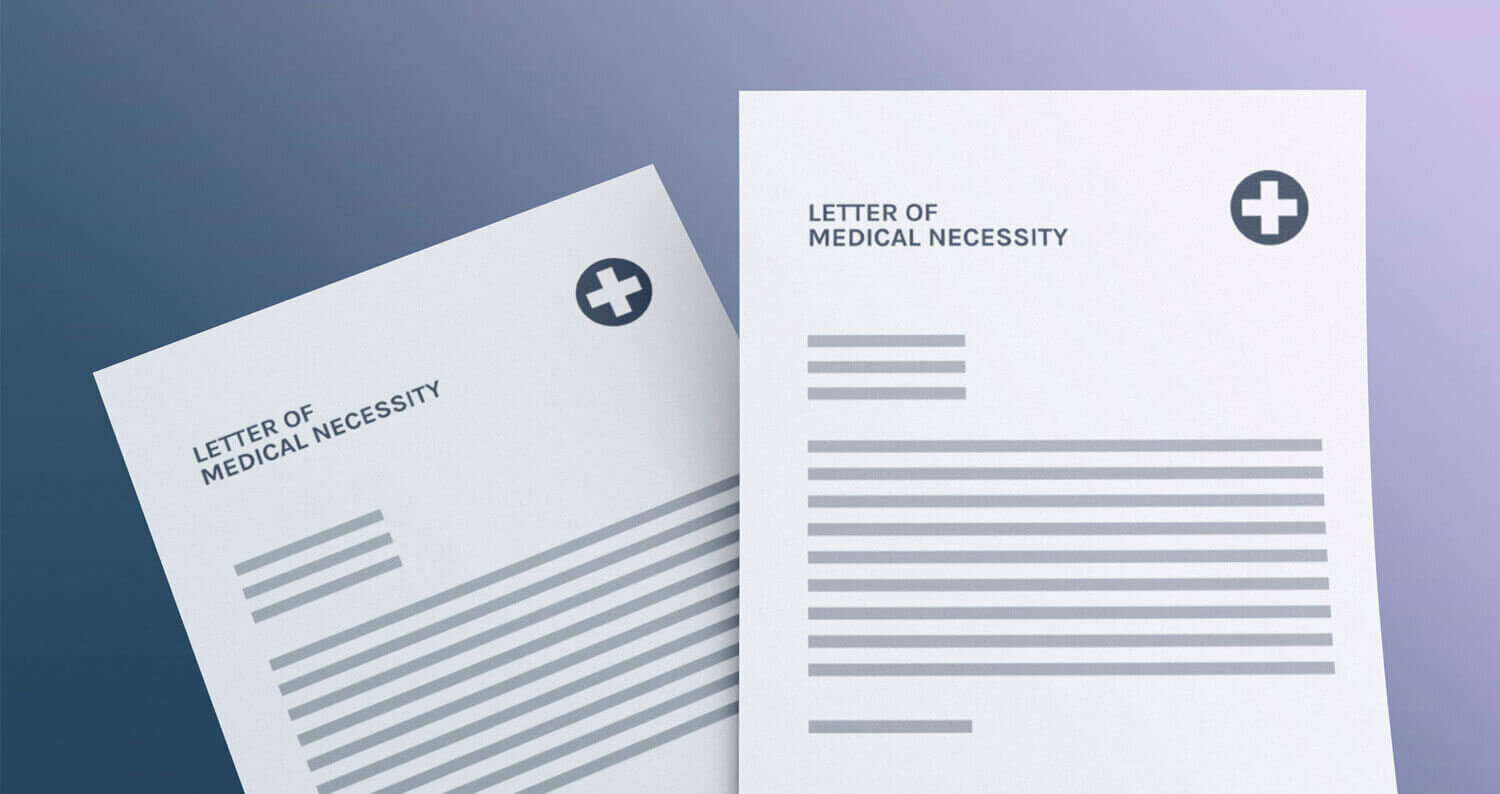What is a letter of medical necessity?
Table of contents
Has your health insurance denied you a service? It has happened to us all. Have you been asked to provide a Letter of Medical Necessity? Is this the first time you’ve heard this term? A Letter of Medical Necessity can be used as a powerful tool to make a request to your provider for a drug, a piece of equipment, or a service of medical necessity to you. Use this blog as a guide to understand what a letter of necessity is and how to go about writing one.
What is a medical necessity letter?
A letter of medical necessity provides evidence that services or medications may be the best thing or the only thing to improve your care. A letter of medical necessity states the claim made by your doctor to treat your medical condition with a specific test or treatment. It is an instruction and a legal document that states the doctor’s clinical decision-making recommendation. The recommended treatment must be described by your licensed healthcare provider.
When do you need a medical necessity letter?
They are typically written when a doctor says you need a certain treatment, but your insurance company disputes that fact. In this case, your doctor can write a letter of medical necessity. The letter of medical necessity is your best chance at getting approved.
What are the essential components of a medical necessity letter?
There are ten main points to include when putting together a medical necessity letter:
- Personal details of the patient including insurer and policy number
- Physician details and identification
- Date of most recent assessment and specific diagnosis
- Treatment
- Duration of treatment
- Relevant medical history
- Reasons/argument why this treatment is medically necessary
- Summary
- Signature of the physician on their letterhead
- Supporting evidence e.g. drugs full prescribing information, progress notes
A sample letter of medical necessity
It should be written on the physician’s letterhead and it must show a powerful argument for the medical need. The template letter below will give you a guide to producing a letter.
Name of Pharmacy Director/Payer Contact/ Medical Director
Name of Health Insurance Company
Full Address and ZIP Code
Patient Name
Patient Date of Birth/ Patient Date of Diagnosis, and ICD-10-CM code
Insurance Group Number /Policy Number
Policyholder Name
Date
Dear Payer Contact Name/Medical Director
Paragraph 1 – Letter reason statement
I am writing on behalf of my patient…
State patient name and age. Include any relevant information from the patient’s medical records and diagnosis. State the product name for medical necessity and treatment rationale. Refer to any enclosures enclosed in the letter.
Paragraph 2 – Patient Medical History and Diagnosis
This letter provides information on medical history, diagnosis, and treatment rationale…
Include a background summary of the patient’s clinical notes and history, date of diagnosis, previous therapies, current therapies, specific diagnosis, and the length of time the patient has been under physician’s care.
Paragraph 3 – Treatment rationale
This treatment is medically necessary because…
Use supporting documentation and evidence to back up the reasons behind the recommendation of medication/product or service.
Paragraph 4 – Summary/ Closing statement
Please consider coverage of…
Brief, logical final argument. Include a phone number if additional information is needed.
Thank you for your prompt attention to this matter.
Signed by Physician
Physician name printed
Medically reviewed
A medical professional has reviewed this article.


Jamie Winn, PharmD
Jamie Winn, PharmD
Dr. Jamie Winn received his Doctor of Pharmacy in 2002 from the University of South Carolina College of Pharmacy, Columbia, SC. Jamie is a medical reviewer for NiceRx.

